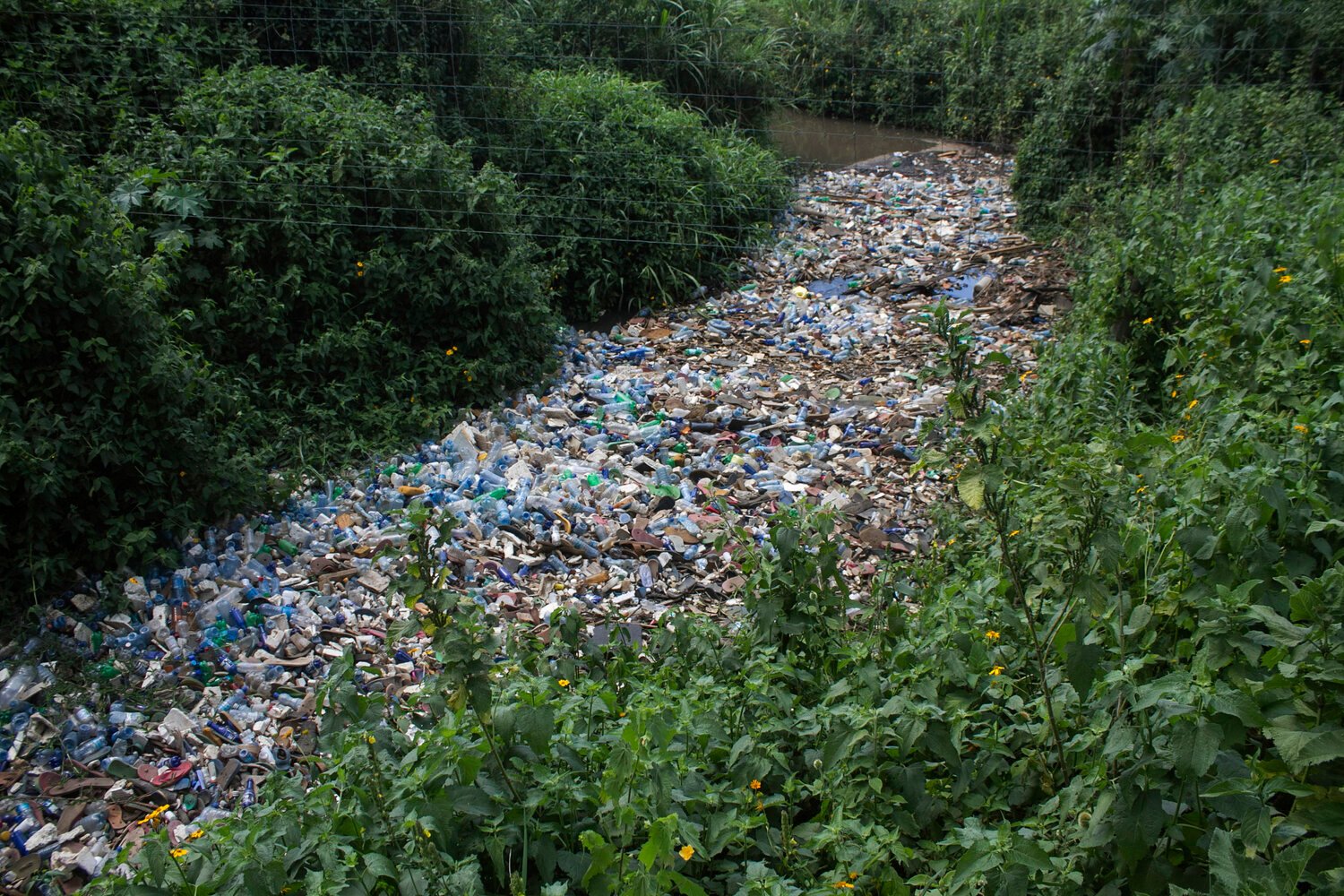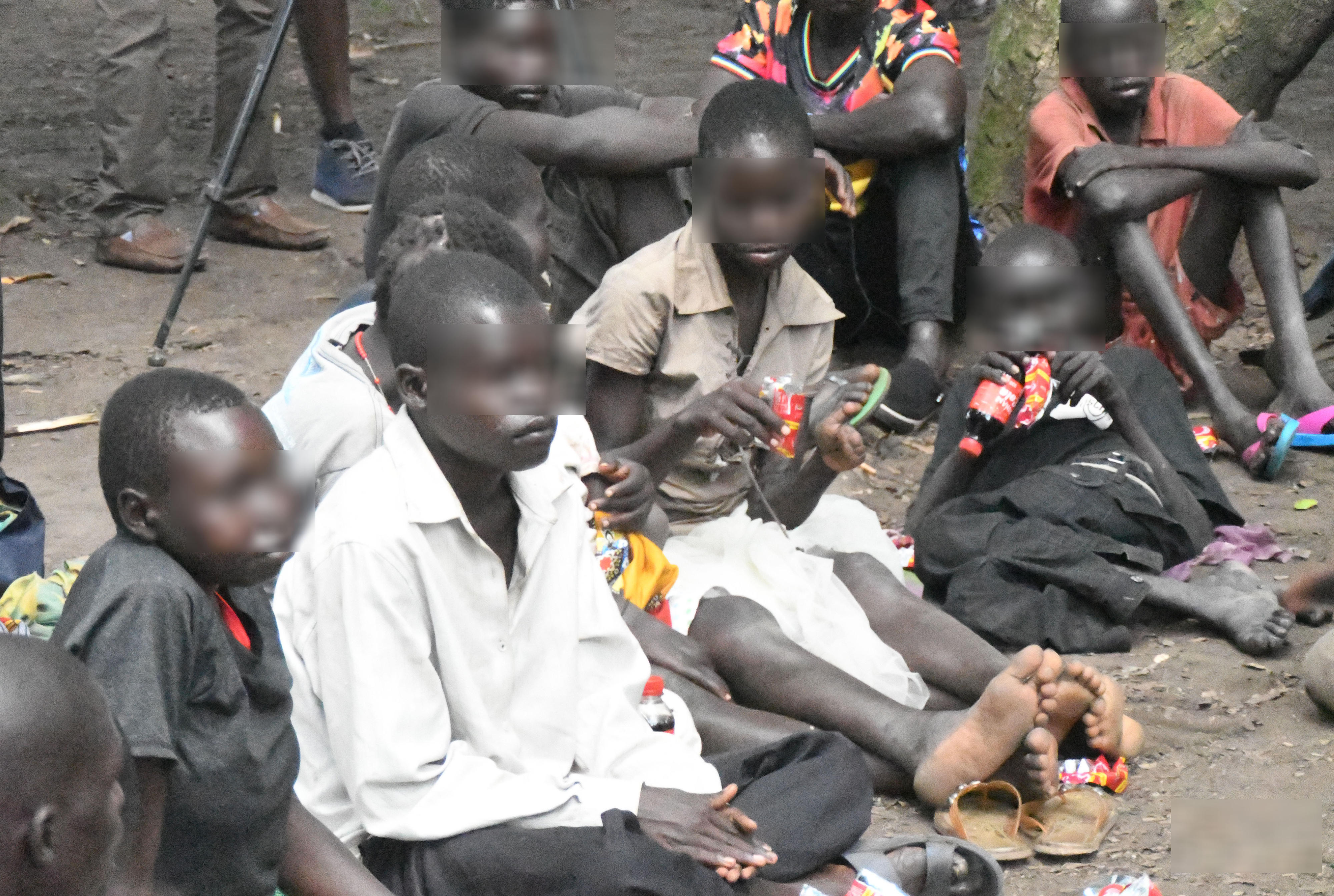Prime
Dumping of waste choking L. Victoria

Recently, in the media, the residents and factories neighbouring Lake Victoria were warned against the pollution of the water body which spreads across Tanzania, Uganda and Kenya. Lake Victoria, the world’s second largest fresh water lake, is threatened by uncontrolled flow of pollutants into its waters, researchers warned recently.
Lake basin is used by communities and industries as a source of food, energy, water and transport. The lake is also a sink for human, agricultural and industrial waste. The Lake provides employment for up to 30 million people. The lake’s catchment area of 258,700 square kilometre has a GDP of $300m to $400m and supports nearly one–third of the total population of East Africa. The lake is the source of River Nile, which is renowned for white water rafting and flows to Egypt through Sudan.
The pollution in Lake Victoria is worsening so fast as industries located near the lake like fish processing factories, oil processing plants, discharge large quantities of untreated waste, the sewerage dumping of industrial waste, fertiliser, chemicals, heavy metals, pesticides and other microbial organisms that have adverse effects on humans and aquatic life end up in water body and this could lead to the collapse of the lake’s multi-billion fish industry.
The human activities are ironically suffocating and killing the lake and main source of human’s livelihood and each of the three East African nations is culpable. The lake has for a long time been a sink to excessive nutrients and untreated effluent that have led to fish die-offs, algal blooms and the spread of hyacinth, a ferocious waterweed.
Although mostly eradicated now, the remnants of hyacinth on Lake Victoria deplete dissolved oxygen, sunlight and are an obstacle to water transport. Along the shoreline, hyacinth provides habitat for malaria mosquitoes and snails which harbour bilharzia parasites.
This is the very water that National Water and Sewerage Corporation (NWSC) is disturbing to Ugandans. We are not very sure whether this water is safe for domestic use. It is so sad that in urban centres where Ugandans are struggling with communicable diseases such as diarrhoea, typhoid caused by poor sanitation and ingesting contaminated food or water.
Therefore, l call upon the Uganda National Bureau Standards (UNBS) to check the standard and quality of water that is consumed by people if it really meets its standard and the government should also expedite lake rejuvenation by employing sustainable and eco-friendly technologies, dredge lake beds, restrict entry of sewage into lakes and build wetlands around the lake.
Spencer Pedun,




